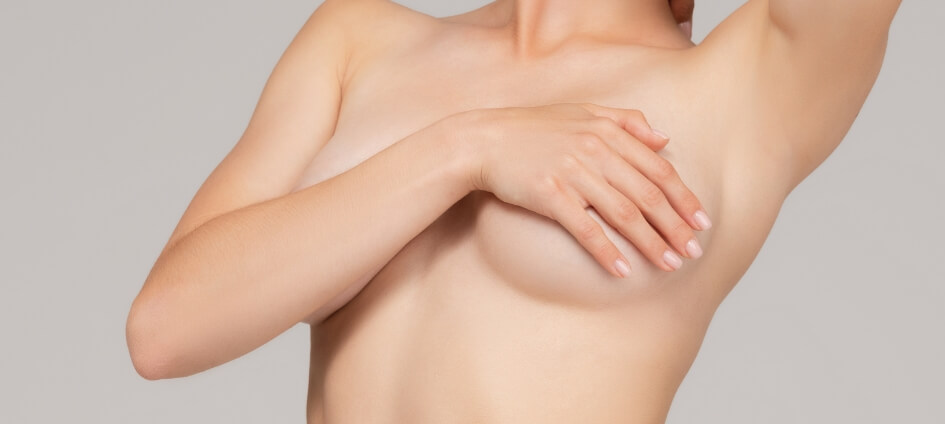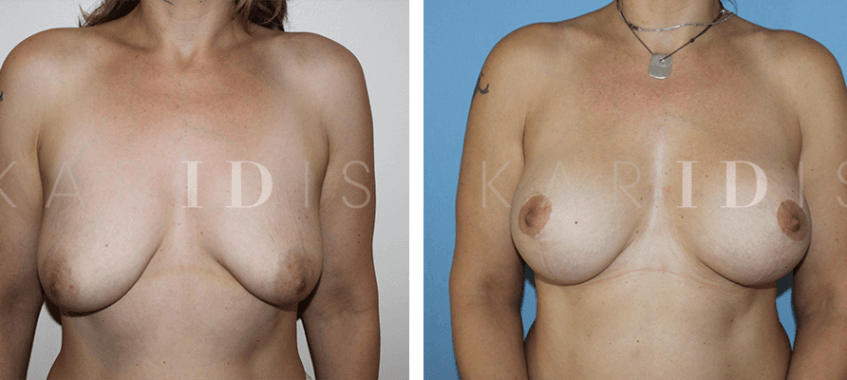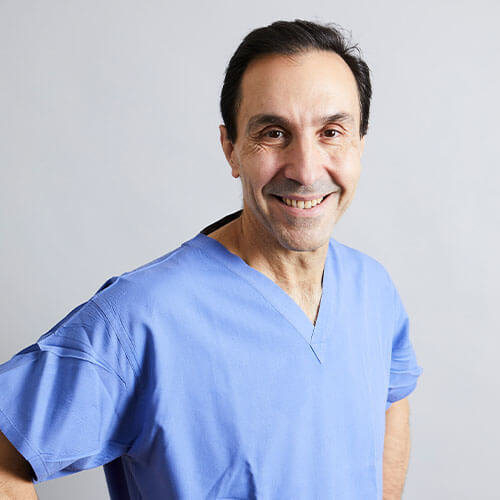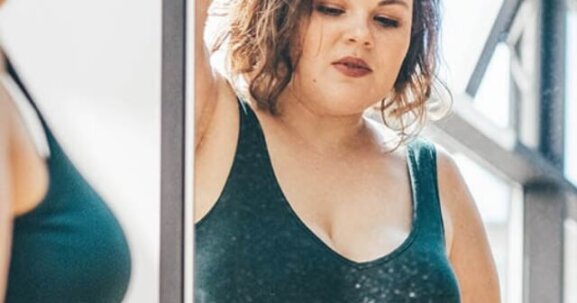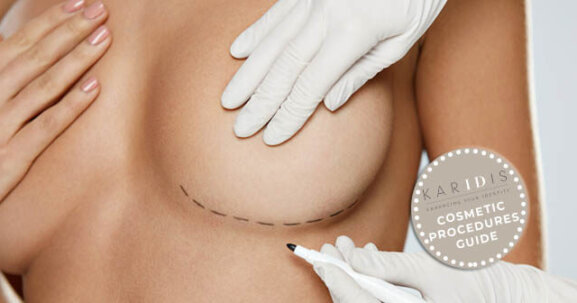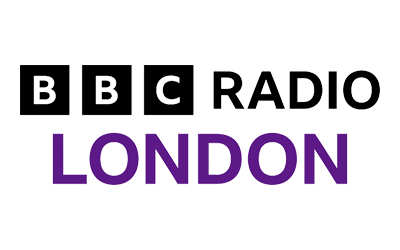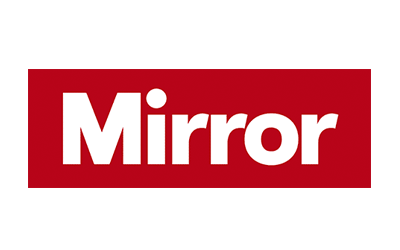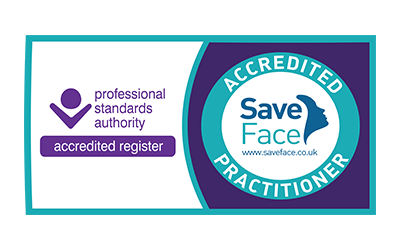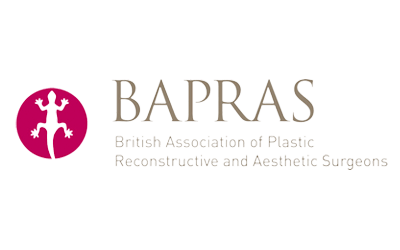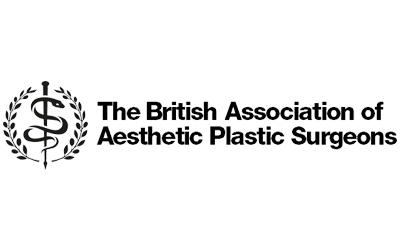Sometimes your breasts can head south, dropping and sagging. They can also lack firmness and the nipples can face downwards. Drooping breasts aren’t just a physical problem — they can mentally drag you down, too. And sadly, there’s no workout that will lift your breasts by tightening the sagging skin.
Mastopexy, also known as a ‘breast lift’ or ‘breast uplift’, is a surgical procedure to reshape and raise your boobs without altering the overall volume of the breast. Mastopexy removes your excess, sagging skin, tightens your existing breast tissue and repositions the areola, the darker skin surrounding the nipple. A breast uplift can be performed on its own or in conjunction with breast augmentation, a mummy makeover or breast reduction at our London clinic.
A breast lift can make you feel rejuvenated, younger, more energetic and can improve your posture. Your clothes should also fit better.
It’s common for you to find that after pregnancy and breastfeeding your breasts have deteriorated in terms of size, shape, and feel. As the skin loses its elasticity, the breasts tend to lose their shape and firmness and begin to sag. Even without pregnancies, however, the effects of time, gravity, and alternate weight gain and loss, can all take their toll. Sometimes your breasts haven’t sagged due to pregnancy or weight gain/loss — it can sometimes just be a natural development. Whatever the reason, we can help. The best way to show you how is for you to look at our breast uplift before and after images, which highlight our exceptional results.





